There can be your advertisement
300x150
See Which Kitchens Were Trendy in the 1990s
Together with Gorenje, we share what interesting ideas you can learn from European and American kitchen interiors of that decade.
What do we know about this era? In the 1990s, Europe's economy began to decline. People started to approach their living spaces more utilitarianly, preferring reliable and timeless items over vibrant design trends. In the early 1990s, interiors were still bright and eye-catching, like in the previous decade, but by the second half of the decade, minimalism began to dominate. However, 1990s minimalism focused more on form rather than content. Decorative elements were abundant in interiors during this time.
Conversely, Americans had stable finances during that time. They invested a lot of effort and time into decorating their homes, creating luxurious and respectable spaces that illustrated the status of their owners. Retro-futurism gave way to high-tech design, borrowing elements from the 'cosmic' style popular in the 1970s and 1980s. The DNA of high-tech is advanced technologies, sophisticated appliances, an abundance of metal, plastic, and glass.
Other notable bestsellers of the 1990s included the Bombo bar chair designed by Stefano Giovannini — one of the most commonly counterfeited pieces of furniture, the Flly coffee set by Matteo Tuna, and the famous Juicy Salif juicer created by Philippe Starck. Design followed television, music, and Western pop culture, which promoted new trends just as effectively as advertisements. For example, Mark Newson's Lockheed Lounge Chair stirred a lot of controversy in 1992 when it appeared in Madonna’s music video for 'Rain'.
Kitchens of the 1990s: Key Features
The 1990s in the West were a time of moving away from vibrant colors and complex geometry. The desire to stand out and make your kitchen unique gradually gave way to the aspiration of making it look 'expensive' and respectable. What else was trendy at that time?
Light Kitchens
From white to 'tasty' shades of cream and warmed milk — kitchens of that period totally lightened. Another common trend was black-and-white contrast kitchens.
Wood finishing was also popular. While in the 1980s, dark and reddish woods set the tone, now light pine wood with a distinctive grain pattern of the cut was in fashion.
At the same time, the 1990s were also a time of hunter green or cool dark green tones. Alongside white and wood, this color was frequently used in cabinet and countertop finishes.
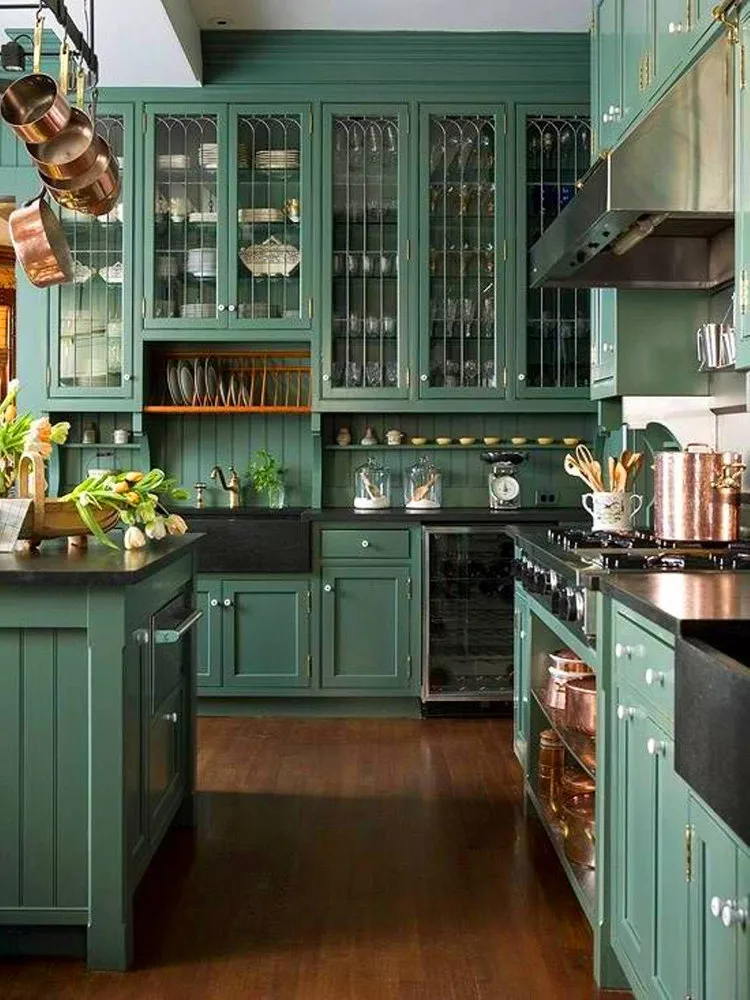
Classic Style
Starting from the mid-20th century, designers aimed to cut out the unnecessary and abandon ornamental details in favor of ergonomics and functionality. But in the 1990s, the world once again remembered filigrees, moldings, and symmetrical layouts, albeit cautiously and in a minimalist manner.
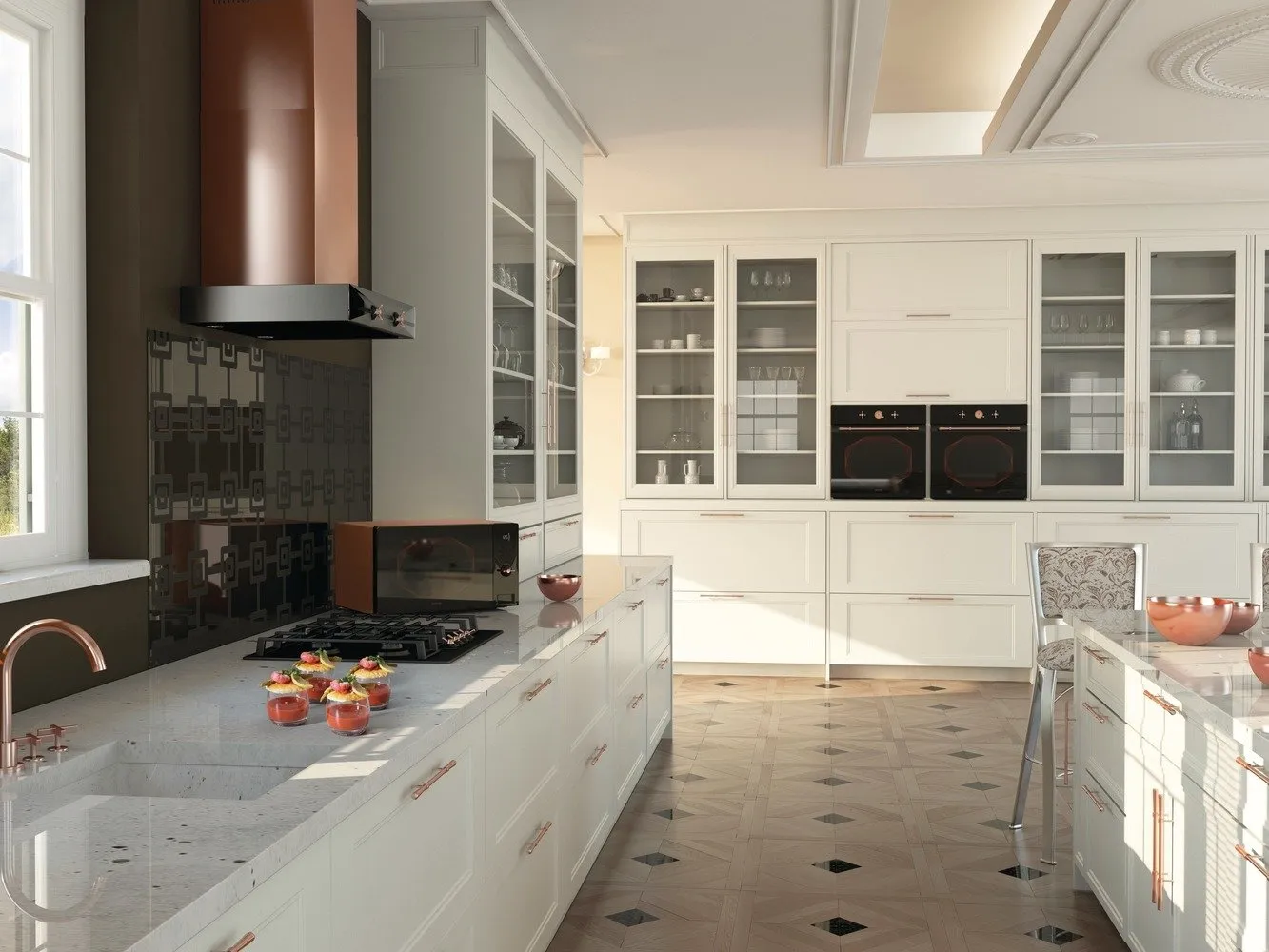
Warm Metals
Alongside the rising popularity of classic kitchens, finishing with warm-toned metals such as brass, bronze, and gold started gaining demand.
We were also influenced by this trend, especially widely — remember those 'rich' interiors full of gilded lights and Venetian plaster?
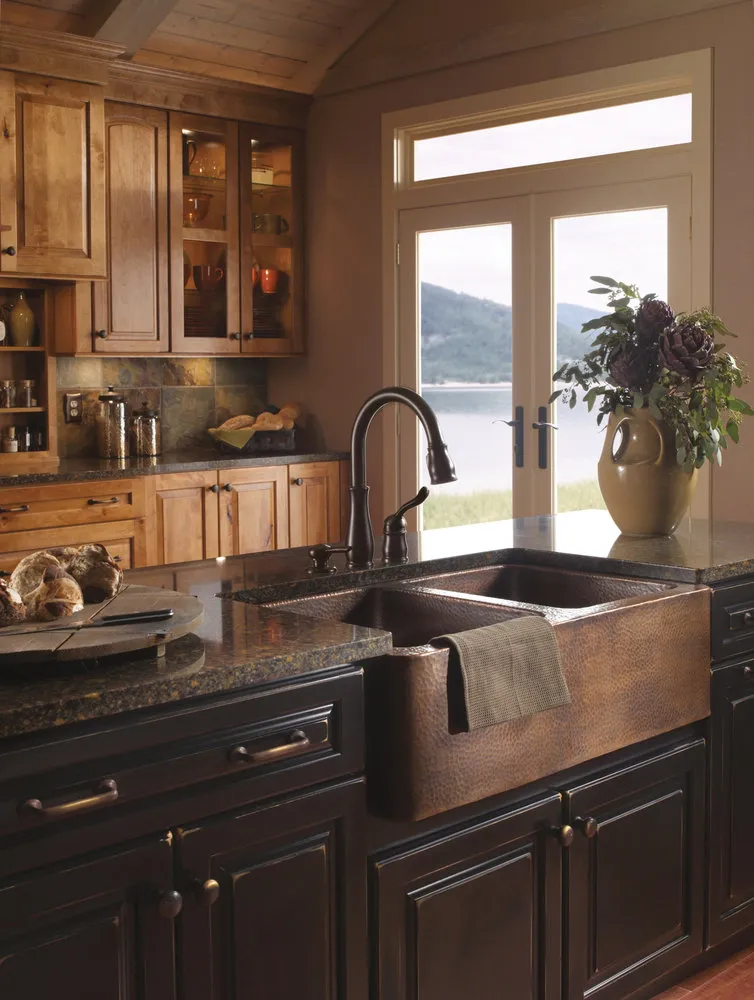
Country Elements
Open storage, artistic disorder with bowls and saucepans above the table or kitchen island, textured textiles, and a touch of countryside atmosphere — country elements gradually moved from typical American farmhouses to urban kitchens. And that’s great: a more cozy style is hard to find.
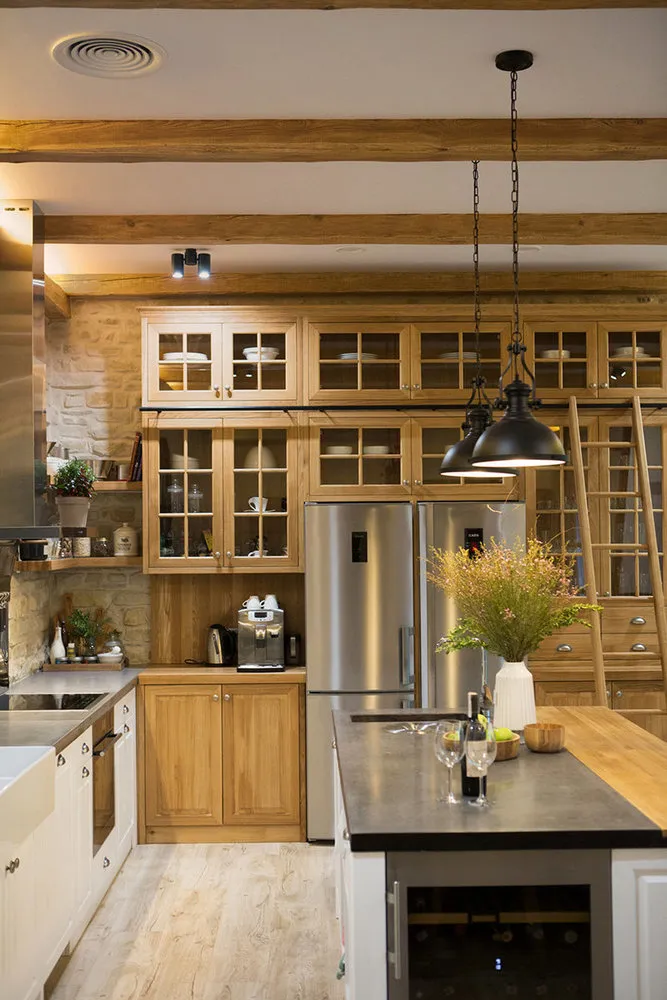
Design: PH STUDIO
Focus on Decoration
1990s European and American housewives didn’t stint on additional decorative elements. Living and artificial greenery, vases, colorful ethnic-patterned tableware, and flea market finds were used to boost interest in the series 'Friends' and Monica’s kitchen.
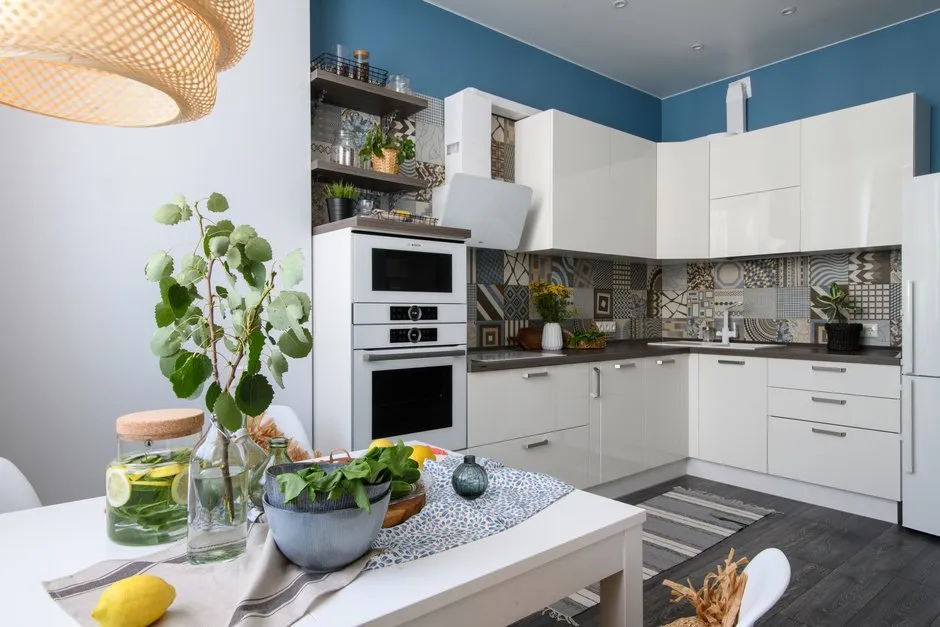
Design: Anna Mozharo
Japanese Motifs
During this decade, Japanese design flourished, and with it, interest in all things Eastern. By the end of the 1990s, this trend evolved into minimalist interiors with calm decor such as Japanese woodblock prints and ikebana bouquets.
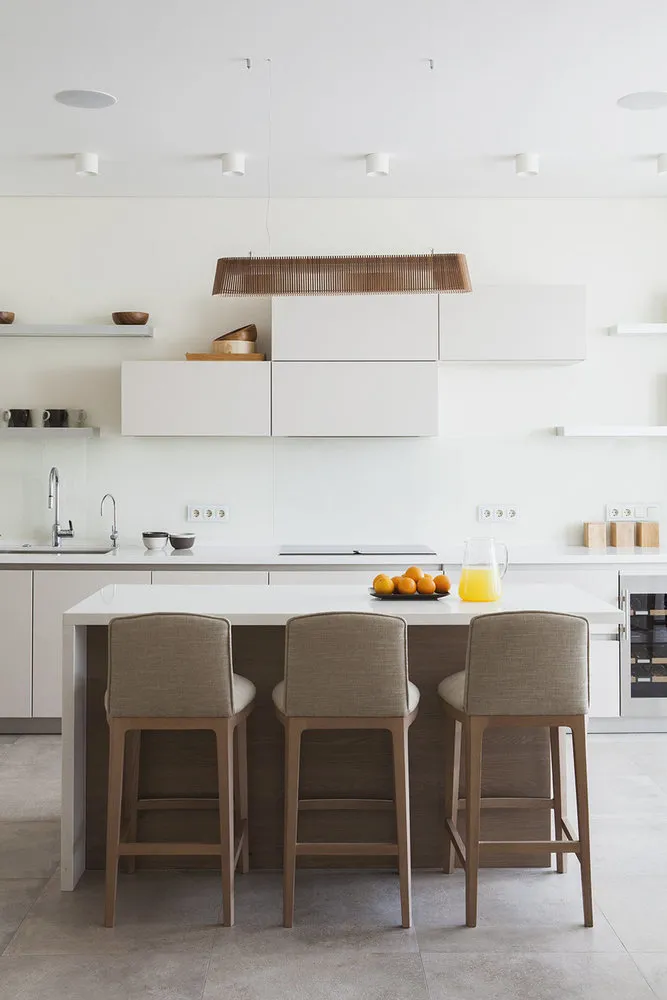
Design: Aiana Ahmad, Tatiana Karyakina
Modern Kitchen in the Style of the 1990s: What You Need
Although many contradictory trends emerged in the 1990s, country elements don't belong to them. You can incorporate these into your kitchen by using a butler-style sink with an overhanging front edge. However, it's not necessary to interpret this trend literally. Take a look at this pendant light — what’s wrong with it as a 1990s ranch-style kitchen option?
When choosing appliances, don’t return to the technologies of that decade — modern household appliances have far more capabilities. For example, Gorenje Infinity gas cooktops switch on with automatic ignition (no more matches). Additionally, the burners have powerful three-zone controls for cooking on an open flame like a pro.
Copper and brass look great on light kitchens. Do you have pots, ladles, and other metalware in warm tones? Bring them out of cabinets and store them on open shelves — as decoration. Copper and brass hues can also appear in kitchen appliances, such as in the Gorenje Infinity collection. Retro-style switches are provided for controlling a powerful and quiet range hood, while built-in lighting adds another light source to the stove or cooktop.
Of course, in the 1990s, decorating kitchens could also be overdone. Though the intent was clear — housewives of that era wanted to make their kitchens more cozy. These tasks were solved without mistakes using baskets, planters, and rattan or wicker furniture. White dishes on a white kitchen — what could be more logical, simple, and accessible?
Minimalist classicism is one of the main characteristics of 1990s Western design. How might a modern microwave in the style of that era look? Likely like Gorenje Infinity microwaves. A fitting design comes with a range of automatic cooking programs for fast defrosting and a smart grill with a timer to ensure even crispy crusts.
Don’t forget about wood. A classic one-legged dining table is what you need.
More articles:
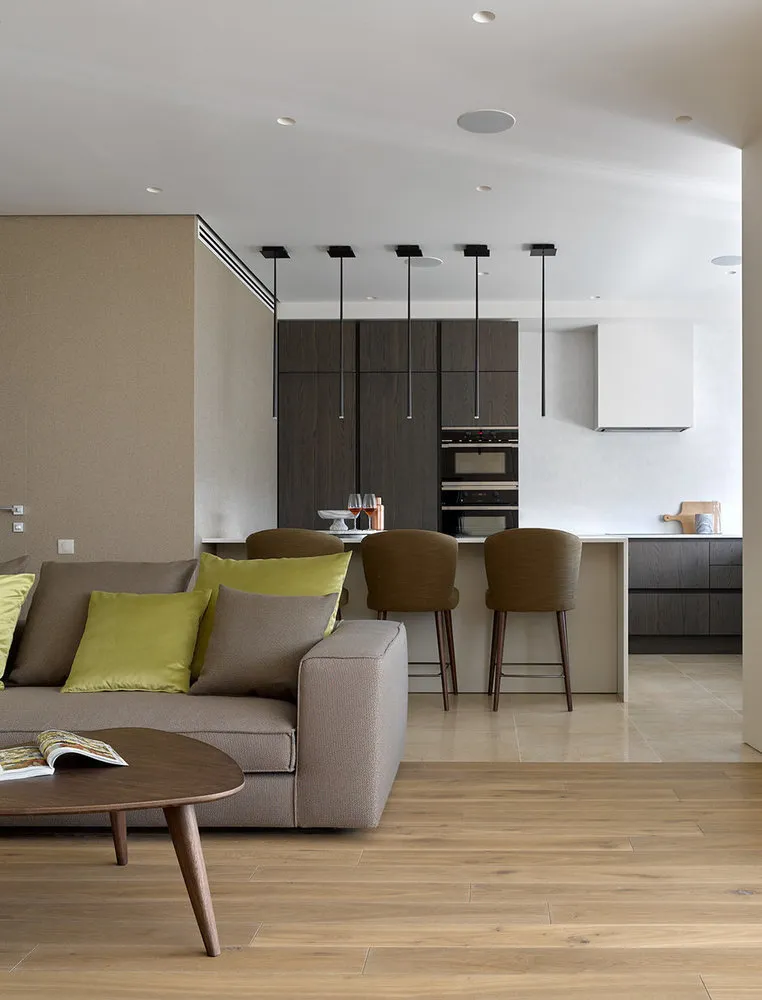 Must-Read: 10 Best Posts of June
Must-Read: 10 Best Posts of June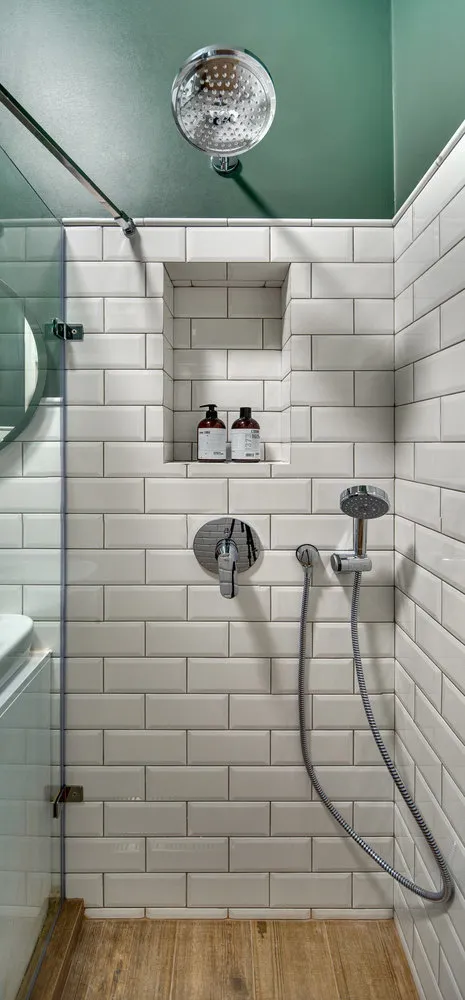 Changing Tiles in the Bathroom: Step-by-Step Guide
Changing Tiles in the Bathroom: Step-by-Step Guide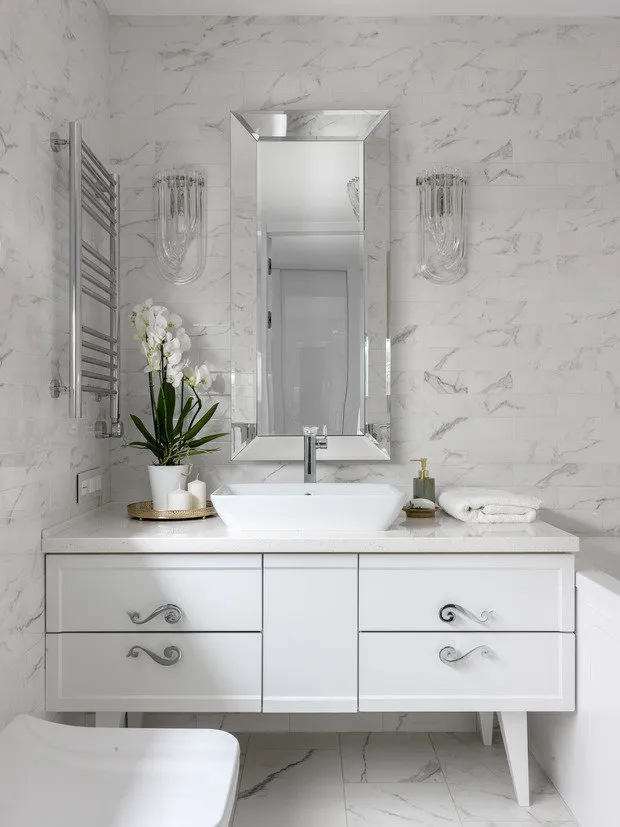 How to Update a Bathroom Without Major Renovation: 7 Ways
How to Update a Bathroom Without Major Renovation: 7 Ways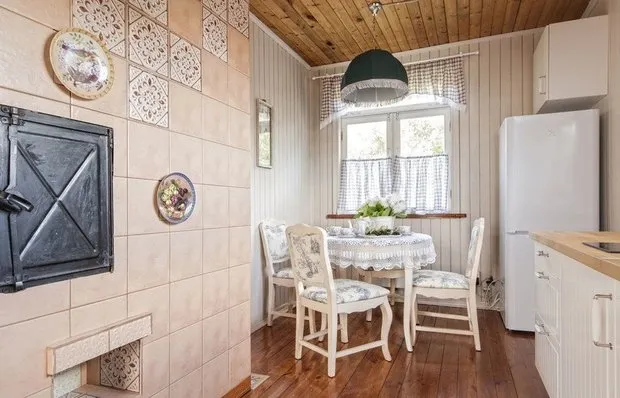 Choosing Windows for a Country House: Tips from Professionals
Choosing Windows for a Country House: Tips from Professionals Who, How, and For How Much Does Design Renovation Today?
Who, How, and For How Much Does Design Renovation Today?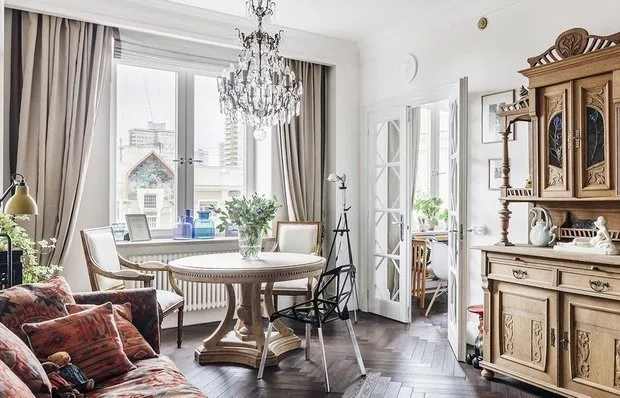 What You Need to Know Before Buying Plastic Windows
What You Need to Know Before Buying Plastic Windows How to Visually Expand a Small Bathroom
How to Visually Expand a Small Bathroom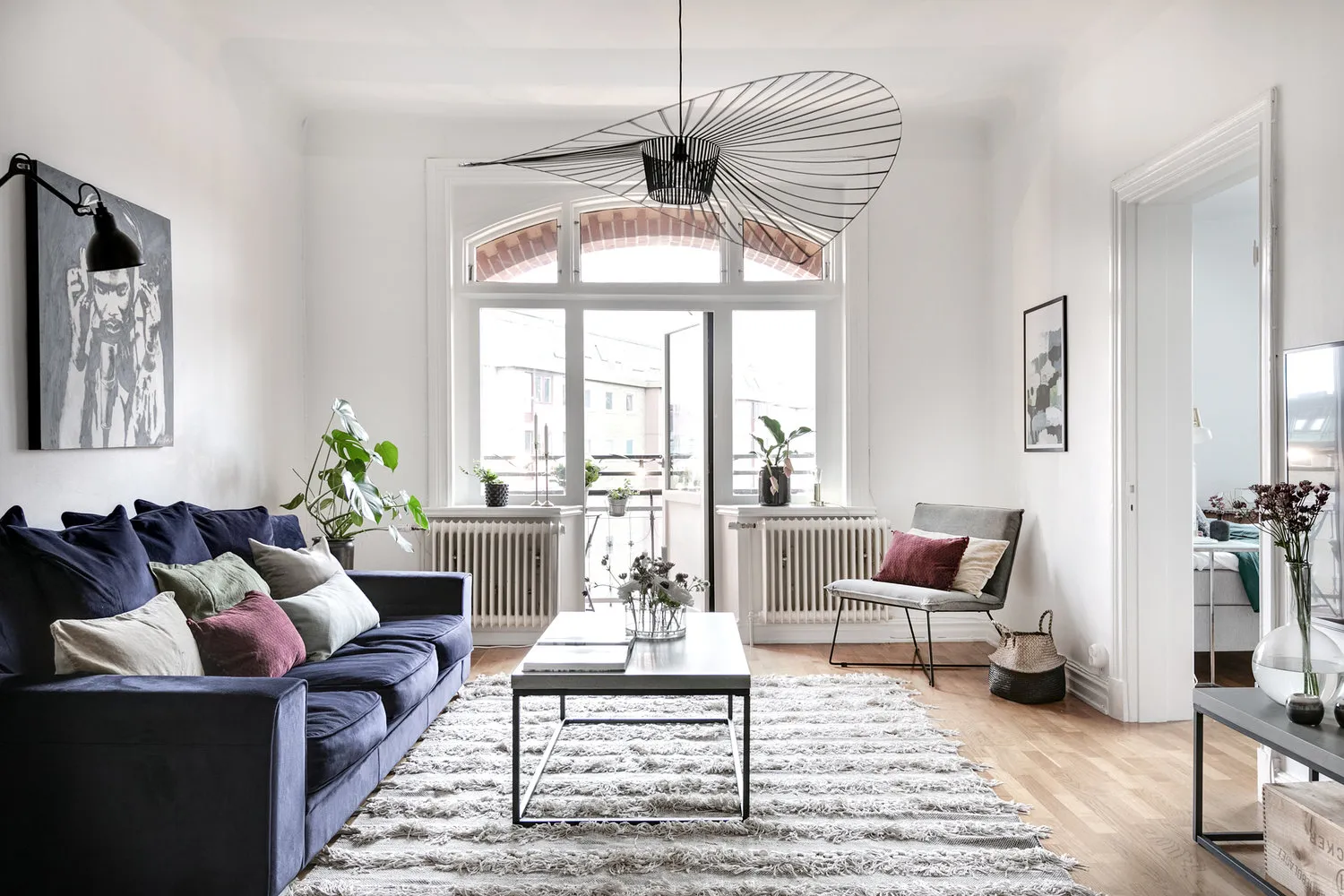 What to Do If You Have Round Walls in Your Apartment: Example from Sweden
What to Do If You Have Round Walls in Your Apartment: Example from Sweden